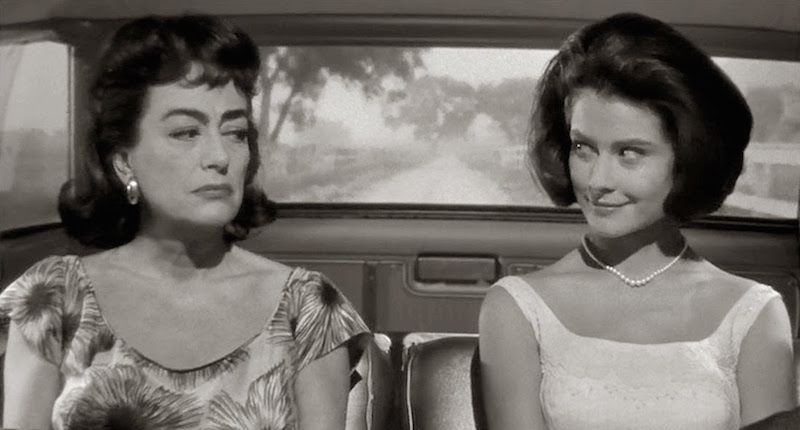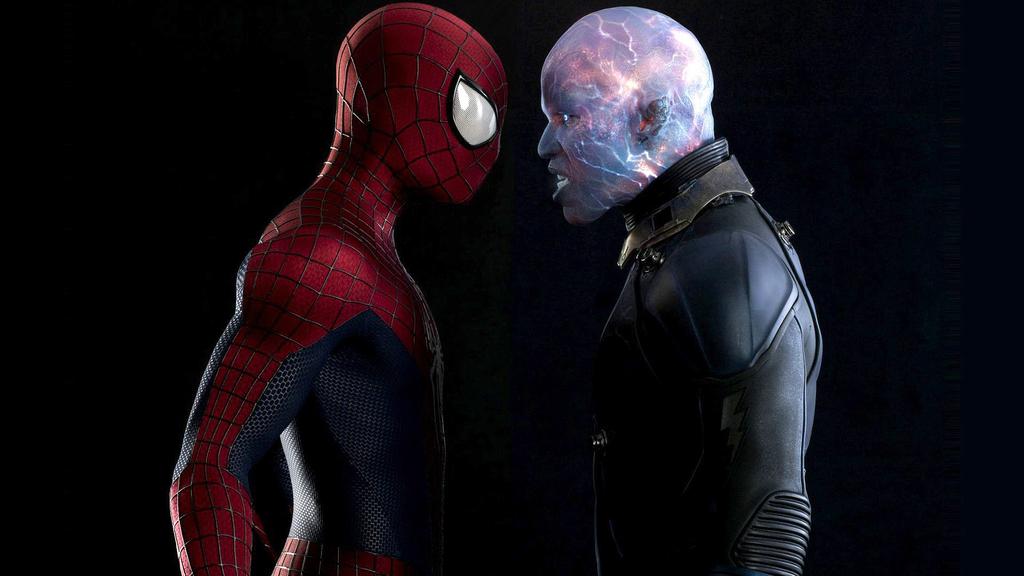In horror movies, killing can sometimes be a family affair. Whether it’s the mutant backwoods kinfolk in Wrong Turn, the infamous Sawyer family from The Texas Chain Saw Massacre, or the murderous Firefly clan of House of 1000 Corpses and The Devil’s Rejects, groups of villains just make more sense when they are related by blood. It doesn’t even have to be ancestral blood, as Kathryn Bigelow showed in her vampire classic Near Dark. In 1970, the legendary B-movie mogul Roger Corman (A Bucket of Blood, The Little Shop of Horrors) got in on the family act, making a film based on the prohibition era Barker Brothers Gang called Bloody Mama.

Set in the south during the Great Depression, Bloody Mama stars Shelley Winters (Tentacles) as Kate “Ma” Barker, the matriarch of the Barker Gang, an unruly group of four brothers: the tough-guy Herman (The Amityville Horror’s Don Stroud), the drug-addicted Lloyd (Robert De Niro from Goodfellas), the no-nonsense Arthur (Clint Kimbrough from Night Call Nurses), and the closeted homosexual Freddy (All the President’s Men’s Robert Walden). Ma and the boys make their way around the country robbing and fighting, basically living the outlaw lifestyle. When Herman and Freddy get caught stealing money from a fundraising picnic, their luck runs out and they are tossed in jail. Ma, Lloyd, and Arthur rob a bank to earn the money for a lawyer, and Herman and Freddy are freed, but not before Freddy strikes up a relationship with his cellmate, Kevin (Nebraska’s Bruce Dern). Along with Herman’s girlfriend, Mona (Diane Varsi from Compulsion), Kevin joins the gang and they continue on their crime spree. The Barkers bite off more than they can chew, however, when they kidnap a wealthy businessman named Sam Adams Pendlebury (Pat Hingle, better known as Commissioner Gordon from the “other” Batman movies) and attempt to hold him for ransom; they draw the attention of every lawman in the south. With all the added heat on them, the Barkers still manage to stay one step ahead of the law…but for how long?

The script for Bloody Mama was written by Robert Thom (Death Race 2000) and Don Peters (The Naked Prey), both of whom had been working on the screenplay for years before production began. The story is loosely based on the real-life misadventures of the Barker gang. To create a unique angle, Ma Barker’s involvement was sensationalized and emphasized for the film, as the real woman had very little to do with the illegal actions of her sons. Nevertheless, because she was killed in a shootout with the FBI, Ma Barker has gone down in history as a hardened criminal mastermind, and Roger Corman’s film portrays her as a Tommy gun-toting, foul-mouthed shrew. And Corman’s fans wouldn’t have her any other way.

Bloody Mama isn’t a traditional horror movie. In many ways, it’s not a horror movie at all; it’s a throwback to classic 1930s cops-and-robbers films like Little Caesar and The Public Enemy. It’s full of irresponsible gun fights and uncontrolled hostage taking that could only have taken place in the prohibition era movies. Visually and thematically, it is similar in style to sixties gangster films such as Bonnie and Clyde and The St. Valentine’s Day Massacre, with all of the reckless abandon of a crime spree movie, yet staying relevant to the time period with black & white news footage and public service announcements interspersed between chapters. When the dust settles on Bloody Mama, it appears that Roger Corman accomplished exactly what he set out to do; make a classic gang-on-the-run film.

Although Bloody Mama seems in many ways to be a tribute to earlier films, it also has had a lasting influence on later filmmakers. Much of Rob Zombie’s The Devil’s Rejects pays homage to the Corman classic, whether intentionally or incidentally. The entire family-of-outlaws on the run theme is common, and Zombie’s Firefly clan bears more than a passing resemblance to the Barker gang. Like the Barkers, the Fireflies kidnap, rape, and murder, leaving a trail of havoc everywhere they go. Ma Barker and Mother Firefly both have the same type of awkward, creepy sexual tension between themselves and those around them, whether they are friends, foes, or victims. The opening standoff of The Devil’s Rejects even plays like a reshoot of the climactic shootout in Bloody Mama, right down to the non-continuous editing. Rob Zombie may not have been trying to rip off Bloody Mama when he made The Devil’s Rejects, but the influence that Corman’s film had on his movie is unmistakable.

In true Roger Corman fashion, Bloody Mama features a number of actors who were on the verge of stardom at the time of its production. The obvious example is Robert De Niro, whose performance as Lloyd predates his star-making turn in Taxi Driver by five years. Bruce Dern was also a couple of years away from his breakout role in Silent Running. In addition, Bloody Mama had Don Stroud before he was a regular on television shows like “Police Woman” and “Hawaii Five-O” and Robert Walden before he starred on “Lou Grant.” To top it all off, Bloody Mama features an early appearance by Scatman Crothers, years before he became the voice of “Hong Kong Phooey” and graced the screen in One Flew Over the Cuckoo’s Nest and The Shining. Roger Corman knew how to find raw talent, and the cast of Bloody Mama proved it.

Bloody Mama may not be a traditional horror film, but that does not mean that it’s not horrific. The film is violent, bloody, and downright disturbing. The killings that the Barkers commit throughout the picture are nothing short of heartless, and Corman captures them in agonizing detail. The first onscreen murder occurs on a ferry, where Herman kills the operator by standing on his neck until it snaps, the camera on the victim’s face the entire time. Later on, Ma kills a hostage by drowning her in a tub of water, with the audience watching the struggling, suffocating girl from the bottom of the tub. Like many horror movies, Bloody Mama also explores the relationship between sex and violence in graphic detail. While Herman and Freddy are in jail, Corman shows an interesting dichotomy that illustrates the differences between the priorities of the two men; while Freddy is getting a homoerotic massage from Kevin in one cell, Herman is beating his cellmate to a bloody pulp in another. It’s not a typical slasher or splatter flick, but the blood flows hot and heavy in Bloody Mama, and that’s enough to satisfy even the hardest of horror fans.

When discussions turn to the great families in horror history, the Barkers rarely get mentioned alongside the Sawyers or the Fireflies. That doesn’t change the fact that, out of all of the films in Roger Corman’s vast catalog, the director considers Bloody Mama one of his personal favorites, and it should be; the adventures of the Barker Gang are both fun and frightening.


